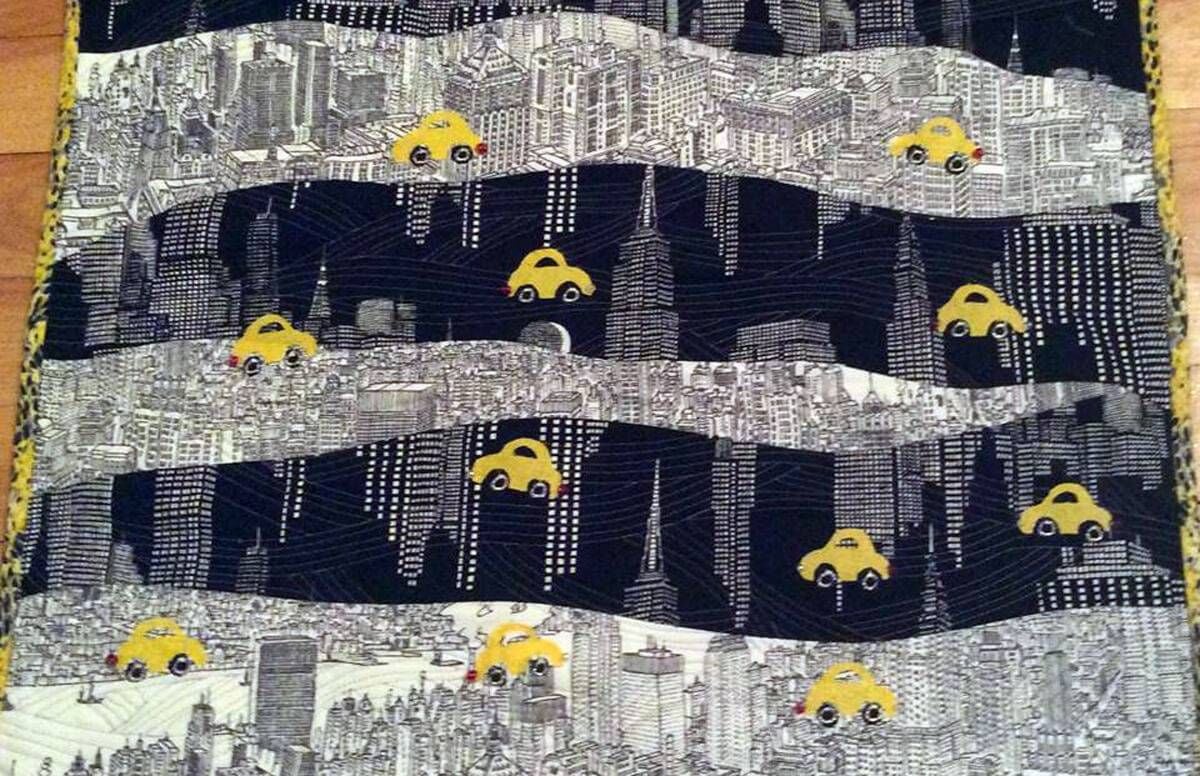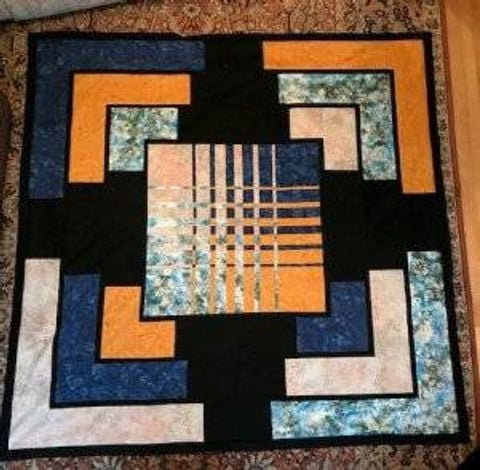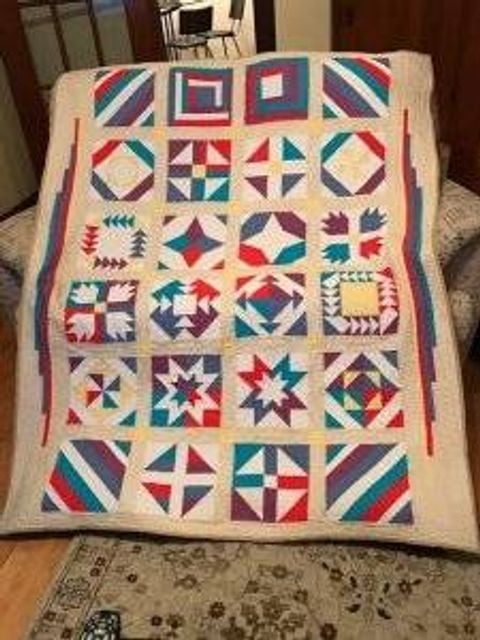The Creative Art of Quilting
This art form is good for your health, helps you stay connected and provides purpose
If you're among the 7 to 10 million quilters in the United States, you likely already know how quilting can have a positive impact on your life. Studies have shown crafting can have a healing effect on the mind, but did you know the art of quilting may help restore or maintain your health?

Quilting Offers a Sense of Belonging
With families and friends spread out across the country, it's easy to feel disconnected. Unlike many other crafts, quilting can provide the sense of community that has been lost. A few generations ago, women held quilting bees to gather and work on quilts. Today's equivalent is the quilting guild, where quilters gather to learn about quilting, share creations, work on community projects and reach out to other quilters who need support.
Bonnie Wright, a retired occupational therapy assistant, found this support when quilting helped her adapt to her new home. After moving to Mount Cobb, Pa., following her husband's death, Wright sought out and joined a guild, so she could meet people. There she met a woman who held smaller meetings in her home. "It's what I needed," Wright said. "With this group, I feel like I made the friendships I needed so badly."
Dana Howell, program director of the occupational therapy department at Eastern Kentucky University, had a similar experience after moving to Seattle and then going through a bad break-up. "I was in a really rough spot, so I started taking a quilting class through a local community college in 1996. To this day, that was one of the most supportive groups of women I have ever been involved with," she said.
Howell went on to write a paper about the restorative qualities of quilting, which was published in the Journal of Occupational Science in 2000.
Restoring Health
Ricky Tims, a world-renowned quilter, quilt teacher, and designer who lives in La Veta, Colo., underwent quadruple bypass surgery 18 years ago. While he doesn't credit quilting for his overall recovery, it did play a role. A week after Tims returned home, he was bored, but his activities were limited.
"I couldn't lift anything heavier than a 5-pound sack of sugar," he explained. "I wanted to do what I loved, and that was quilting." Tims began making a quilt to commemorate his surgery. "I just wanted to get back into the game. It allowed me to stay active and motivated, and that is good mental medicine," he noted.

Quilting can help patients regain mobility, particularly if they have had a neurological deficit from a stroke or brain injury, said Howell. "There are multiple studies to show that actually performing a task is much better than simulating it," she added. You can have a patient picking fabric and reaching for it with her or his dominant arm, she explained. "Even if they don't have the motor control to actually quilt at that moment, we can do lots of things to engage them in the quilting process."
Tims adds that quilting can help people get through difficult or trying times. For example, when his father was ill, his quilt work helped him get through those days. "Sometimes quilting is a way to manage a crisis situation that may not be one's own health, but someone close, and this includes the loss of a loved one," said Tims.
Wright experienced this as well when her husband was undergoing treatment for cancer. "The only way I got through that was with quilting. I would sit with him in the hospital, or when he was having chemotherapy, and I would always have some quilting with me. It would give me something to focus on so I wouldn't see he was miserable," she said.
Howell's paper explains why quilting can have this effect. The personal meaning behind a quilt's creation, the rituals, the repetitive actions involved in the sewing and the attention the quilt assembly requires all result in a meditative quality, and this can make time pass quickly.
"Each aspect of quilting is unique and novel, and requires efficient attention and other cognitive abilities," Howell wrote. "This challenge of performing each unique aspect of the project is characterized by focus, intention, and precision, and is praised as restorative by some quilters."
Improving Mental Health and Decreasing Isolation
Twelve years ago, Michelle Napoli, an art therapist and mental health counselor in Massachusetts, founded the Survivor Quilt Project. Napoli is a trauma specialist who uses quilting to help incest survivors. Trauma overwhelms the normal processing system, she explained, so survivors may be unable to talk about what happened. However, art therapy can help them identify things when words can't. "You symbolize how you understand something before you can find the words," she said.

In projects such as Napoli's, community quilting projects allow quilters to interact with others while they create. "It's with the support of other people and when you make the quilt, the conversations can decrease the isolation and confusion you may feel," she explained.
Wright experienced this in her work, too. "There was one psychiatric facility where the patients and I made several quilts and hung them in the gym," she said. "It was very satisfying for them to see their work there." In another program, the women in Wright's group were tired of the traditional arts and crafts programs, but many wanted to learn how to sew. It was a good problem-solving activity for them as they learned how to pick fabric, decide on the colors, use a sewing machine and work as a group, she said.
"A lot of them had low self-esteem and no hobbies," Wright said. "Why teach them something in the hospital if they can't carry it over when they go home?"
Quilting as We Age
Quilting is a physical activity, and as our bodies change, so do our abilities. But crafters are often motivated to stay as healthy as possible so they can continue their art for as long as possible.
"A lot of us have had cataracts removed so we can see and quilt more," Wright said. "I told my eye doctor, 'I can't see the thread and needle, you have to fix this.' So he said that it was because I had cataracts and I needed new lenses."
Getting older doesn't mean quilters can't learn new tricks. Arthritic fingers can make it hard to hand quilt, but then it's time to learn how to machine quilt or even to use a long-arm machine, like Wright did.
Learning new skills is a fun way to keep the mind and body sharp. You can take up more complex patterns or different skills as you want or as your body dictates.
"Quilting gives you the opportunity to learn something at your own pace," Wright said. "It's not something you have to learn all at once."
Marijke's work has appeared in Costco Connection, CURE Magazine, Forbes.com, Oncology Live, and many other publications. She also runs a quilting website, MyCreativeQuilts.com. Read More

